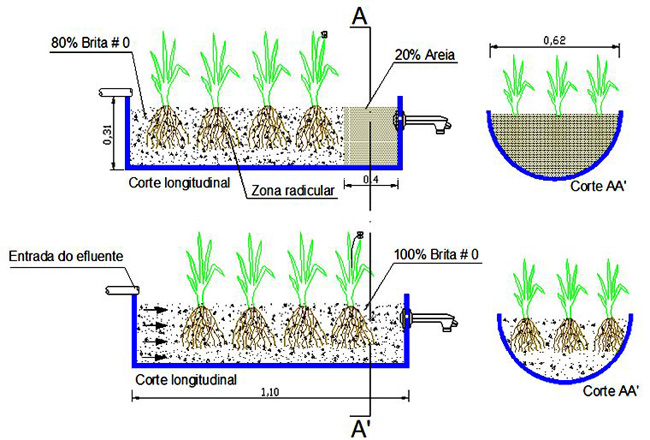Database modeling to integrate macrobenthos data in Spatial Data Infrastructure
Keywords:
SDI, GIS, Macrobenthos, biomonitoring, Spatial Database Model
Abstract
Coastal zones are complex areas that include marine and terrestrial environments. Besides its huge environmental wealth, they also attracts humans because provides food, recreation, business, and transportation, among others. Some difficulties to manage these areas are related with their complexity, diversity of interests and the absence of standardization to collect and share data to scientific community, public agencies, among others. The idea to organize, standardize and share this information based on Web Atlas is essential to support planning and decision making issues. The construction of a spatial database integrating the environmental business, to be used on Spatial Data Infrastructure (SDI) is illustrated by a bioindicator that indicates the quality of the sediments. The models show the phases required to build Macrobenthos spatial database based on Santos Metropolitan Region as a reference. It is concluded that, when working with environmental data the structuring of knowledge in a conceptual model is essential for their subsequent integration into the SDI. During the modeling process it can be noticed that methodological issues related to the collection process may obstruct or prejudice the integration of data from different studies of the same area. The development of a database model, as presented in this study, can be used as a reference for further research with similar goals.
Published
27/08/2012
Issue
Section
Papers
Authors maintain the copyrights for their work. However, they grant rights of first publication to Ambiente e Agua - An Interdisciplinary Journal of Applied Science. In compensation, the journal can transfer the copyrights, allowing non-commercial use of the article including the right of sending the article to other data bases or publication media. The journal uses the CC BY 4.0 license"






